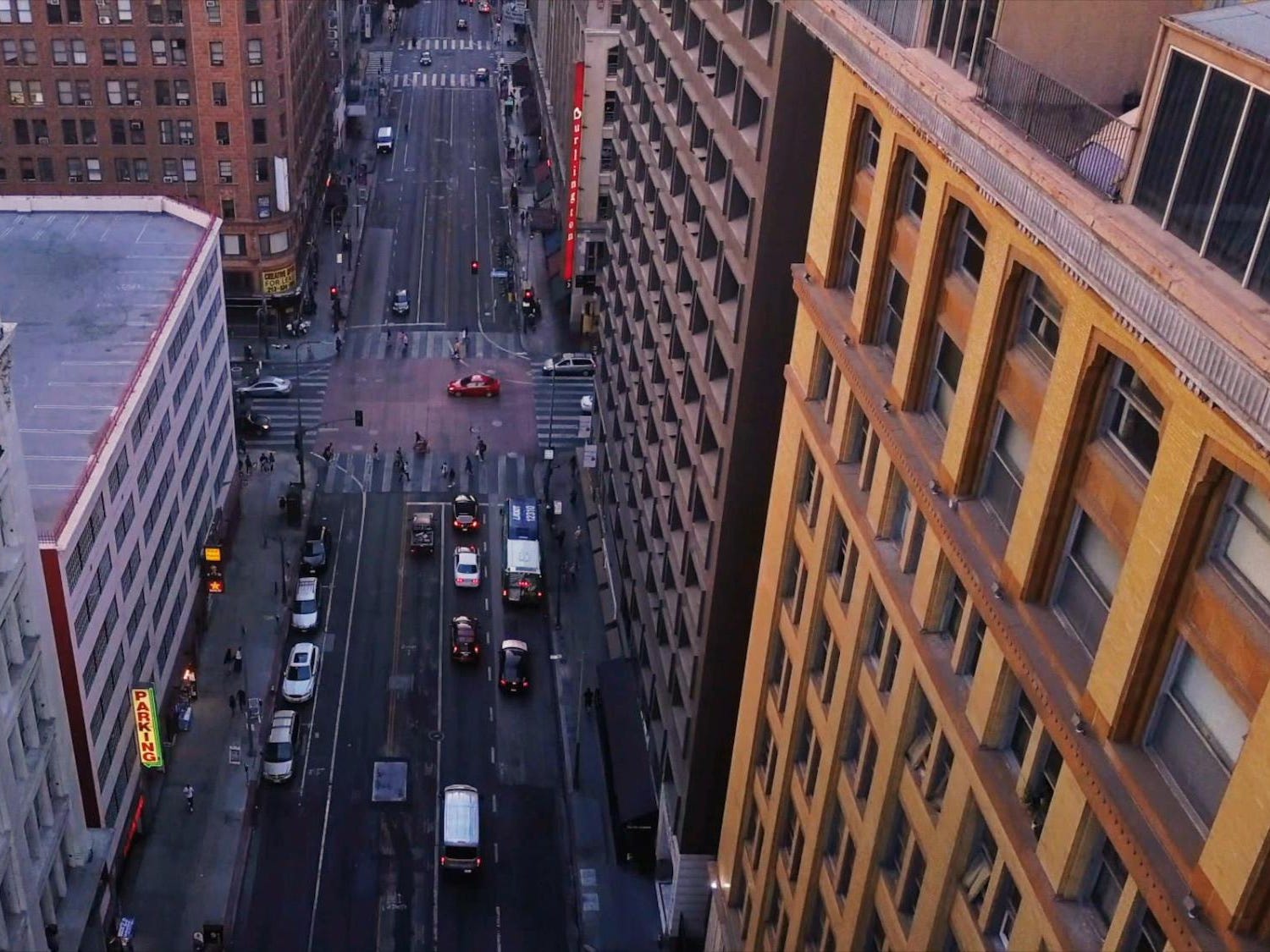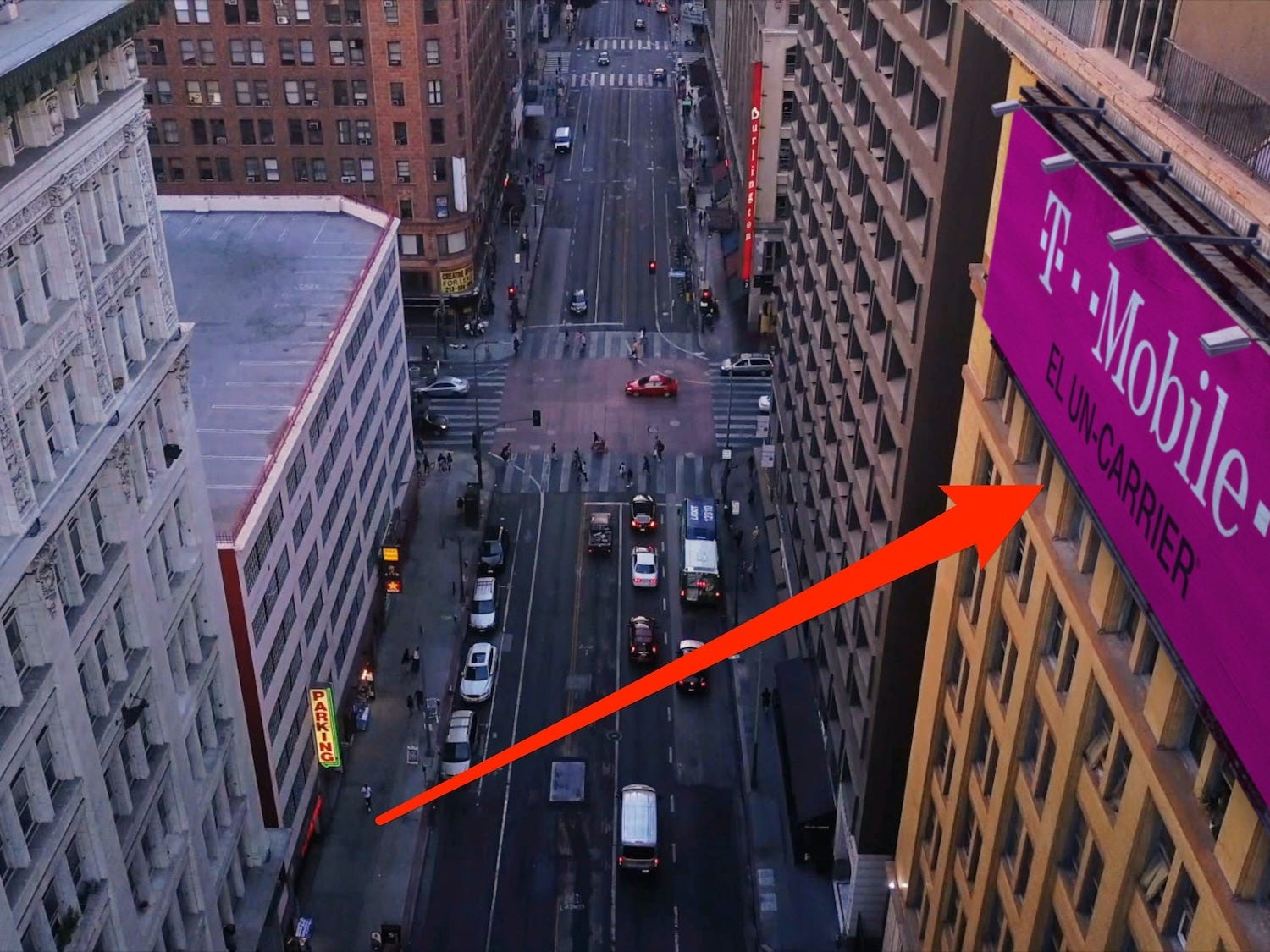
Mirriad
- Mirriad uses AI technology to insert products and ads into new and old content.
- It's the in-content solution for the Chinese giant Tencent and plans to work with streaming platforms.
- The startup could provide a solution for advertisers to make revenue amid a widespread shift to streaming.
- See more stories on Insider's business page.
There's no question that traditional television is being eclipsed by the likes of Netflix as viewers flock to streaming platforms.
The migration has posed a threat to traditional advertising, so advertisers have adapted by taking part in ad-supported content online, among other avenues.
But what if ads could be inserted into the streaming content itself? Subtly, so that the viewer would hardly notice? That's where Mirriad comes in.
The UK company has developed artificial intelligence technology that can identify places within content where ads or products could be inserted, as well as where the viewer's attention drifts within any given still.
The algorithm can ingest any kind of moving image, CEO Stephen Beringer told Insider, meaning it could be applied to new and old footage and everything from movies to social content. That could include existing films and shows where new products could be inserted seamlessly, without the viewer noticing it was done retroactively.
It can find empty tables, kitchen counters, and bathroom space for beauty and healthcare opportunities, for example. Perhaps cereal brands could be inserted into breakfast scenes of a movie or show.
The company could provide a new solution in a world where product placement has always been a lucrative business. There's an enormous need from advertisers, Beringer said, but also from the content industry to monetize their content.
"People are going to streaming services, and they're not watching traditional television programs anymore and so forth," Beringer said. "And it's just getting harder and harder to reach people. And if you don't reach people, then from a business standpoint, it's going to be more and more difficult to grow."
The tech could come to streaming platforms
Beringer said the idea was always for the technology to be used in entertainment content, which can include shows, music videos, and movies, either new or existing. Beringer said what the company is currently doing in the US is working with new releases.

Mirriad

Mirriad/Insider
"Going backwards is in a way the discipline that is very, very intriguing and very, very interesting," Beringer said. "It will come over time in a more substantial manner. But let's not forget that there's fresh content being released every day. And that is obviously very important for the business then."
The plan is to eventually start working with streaming platforms. He said Mirriad is already working with Tencent and is the in-content solution for the Chinese powerhouse.
The technology has also been used in the music industry - a Colombian singer used Mirriad's tech to strike a deal with Tecate to have the Mexican beermaker's logo inserted into his music videos.

Mirriad/Insider
The technology can even be targeted to a specific viewer, showing different ads depending on a person's online habits, Beringer said. What's inserted can also be targeted based on where a viewer is watching from or what time of day it is.
"The scene could ultimately be interpreted in multiple ways," he said. "You could say, 'I want the same product but in different flavors,' or actually it's one big company that has multiple products. So they will rotate."
The placement needs to make sense - no smartphone ads in 1970s movies
The technology could face some legal hurdles, with questions about placing products in digitally copyrighted content. There is also an ethical question, such as whether ad placement can erode the artistic integrity of films, especially long-respected classics.
Beringer said there's consideration around what types of ads are used in what content. For example, placing a smartphone ad in a 1970s movie is a no-no since that technology didn't exist during that time period.
And you can't put, say, Airbnb in an eighties movies, he said. There is, however, room for new content that is set in the 1970s or another bygone era.
"That's an amazing opportunity to place a brand by reinterpreting today's brand in the old days," he said. In that sense, older and more established brands have a leg-up in terms of being applicable to more content, such as Apple in a new movie set in the 1980s.
Ultimately, the goal is to ensure that the placement makes sense to the viewer.
"I think it's always about that triangulation in terms of getting this full alignment between the viewer of the brand and the content owner who has conceived the content, and therein lies the magic and therein lies the science," Beringer said.
